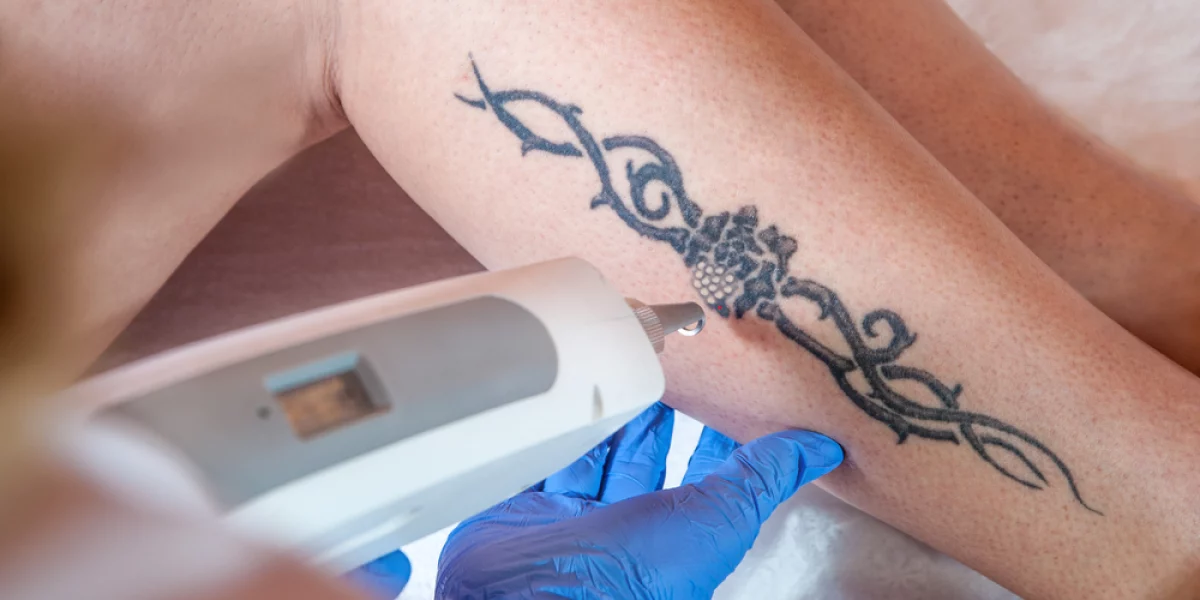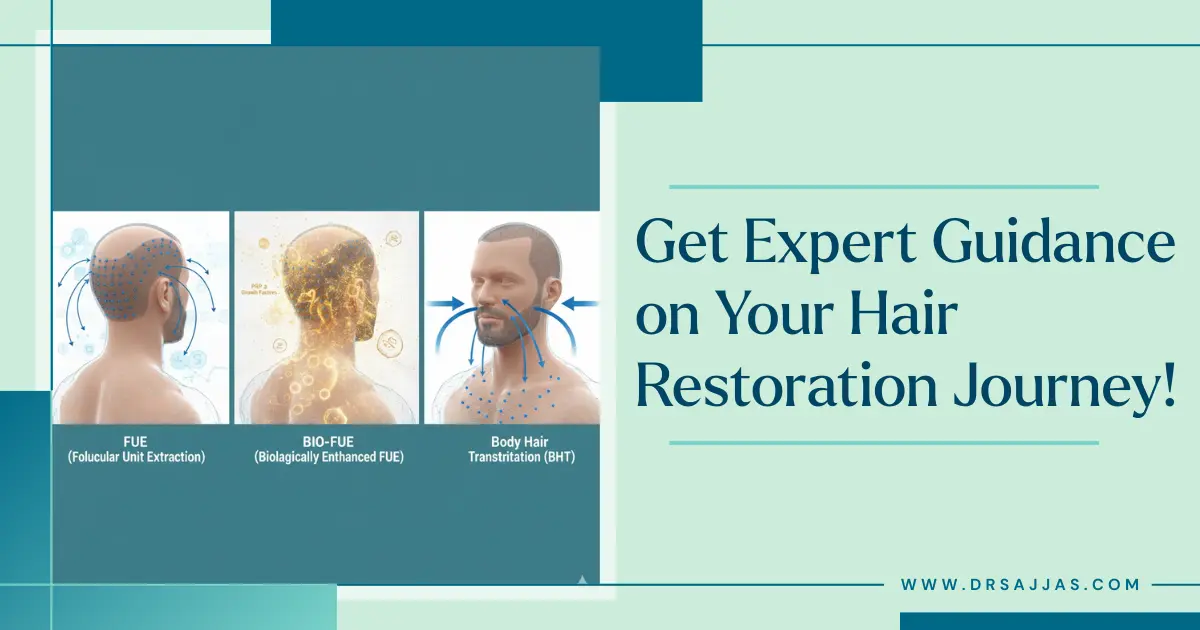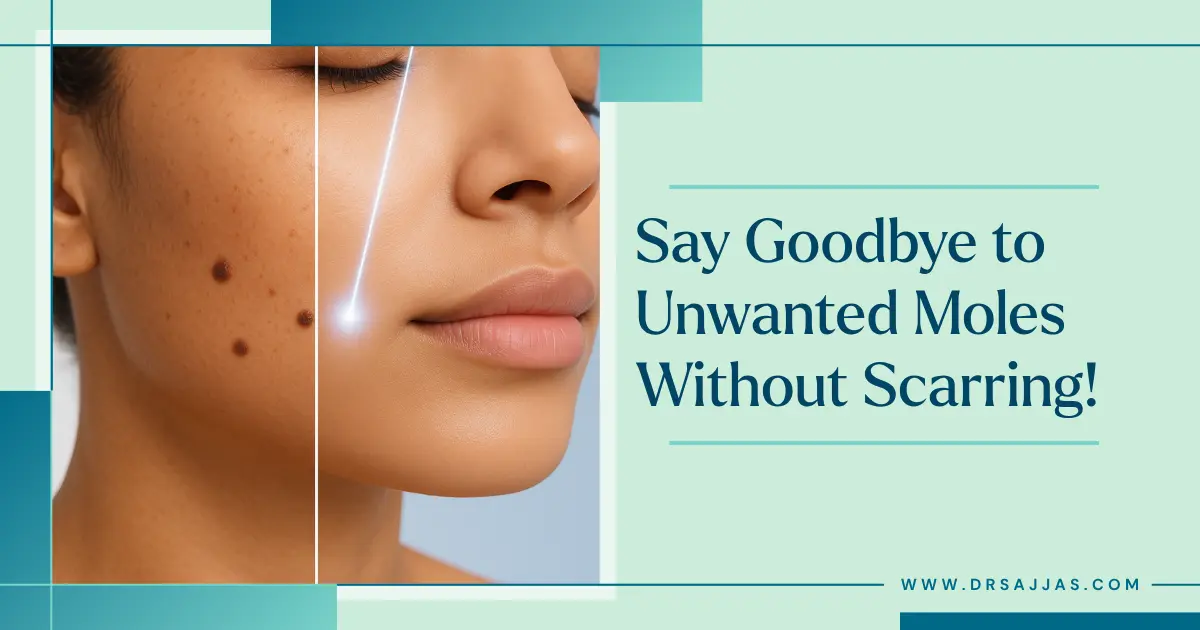
A Complete Tattoo Removal
Tattoo regret is more common than you think — whether it’s a name that no longer belongs in your life, a design that’s faded with age, or simply a change in personal taste. Thankfully, advancements in laser technology have made tattoo removal safer, faster, and more effective than ever before.
However, the big question remains: how many sessions does it take to erase a tattoo completely? The answer isn’t one-size-fits-all. It depends on several factors, and understanding these will help you set realistic expectations before starting the process.
Factors That Affect the Number of Sessions
1. Tattoo Age
Older tattoos tend to fade more easily with fewer sessions. This is because the ink has naturally broken down over time and lies closer to the skin’s surface. Newer tattoos often require more effort and laser energy to break apart the pigment particles.
2. Ink Colour
Black and dark blue inks respond best to laser treatment. Coloured inks — especially green, yellow, and red — are more stubborn and may require additional sessions or specific laser wavelengths to target them effectively.
3. Ink Depth & Density
Professional tattoos, which use deeper and more concentrated ink, are harder to remove than amateur tattoos. More ink means more pigment that needs to be fragmented and flushed out by your body.
4. Tattoo Size and Placement
Naturally, larger tattoos require more time and multiple sessions to treat each section. Additionally, tattoos located in areas with lower blood flow (like ankles or wrists) may take longer to heal and fade due to slower ink metabolism.
5. Your Skin Type and Healing Response
Darker skin tones may require longer gaps between sessions to prevent hyperpigmentation, while individuals with sensitive skin may experience more redness or irritation, which can slow down the treatment timeline. Your body’s lymphatic system also plays a role — the faster your system flushes out the broken ink particles, the better your results.
Average Number of Sessions Needed
On average, it takes between 6 and 10 sessions to completely remove a tattoo. However, this can vary:
- Light or faded tattoos: 4–6 sessions
- Medium-sized, dark ink tattoos: 6–8 sessions
- Dense, colored or newer tattoos: 8–12 sessions or more
Each session is typically spaced 6 to 8 weeks apart, allowing your skin to heal and your body to process the eliminated ink.
Why You Shouldn’t Rush the Process
Tattoo removal is not an overnight solution. Attempting to expedite the process with back-to-back sessions can lead to scarring, irritation, or skin damage. Patience, proper aftercare, and realistic expectations are key to achieving clear, healthy skin after removal.
Also, keep in mind that while complete removal is possible in many cases, some tattoos may only fade partially, especially if they include highly saturated ink or were previously covered up.
What to Expect Between Sessions
Mild redness, swelling, or temporary darkening of the tattooed area is normal. It’s crucial to:
- Avoid sun exposure
- Keep the area clean and moisturised
- Follow any aftercare instructions provided by your practitioner
Healing well between sessions improves overall results and reduces the risk of side effects.
Conclusion
Tattoo removal is a journey that requires patience, precision, and the right expertise. While the number of sessions varies based on several factors, the key to successful results lies in customised care and realistic expectations. At Dr. Sajjas’s clinic in Tirupati, advanced laser technology and clinical experience come together to help you safely and effectively fade unwanted ink, one session at a time.
Want that tattoo gone for good? Book your laser removal consultation at Dr. Sajjas’s Tirupati clinic and start your clear skin journey today!



